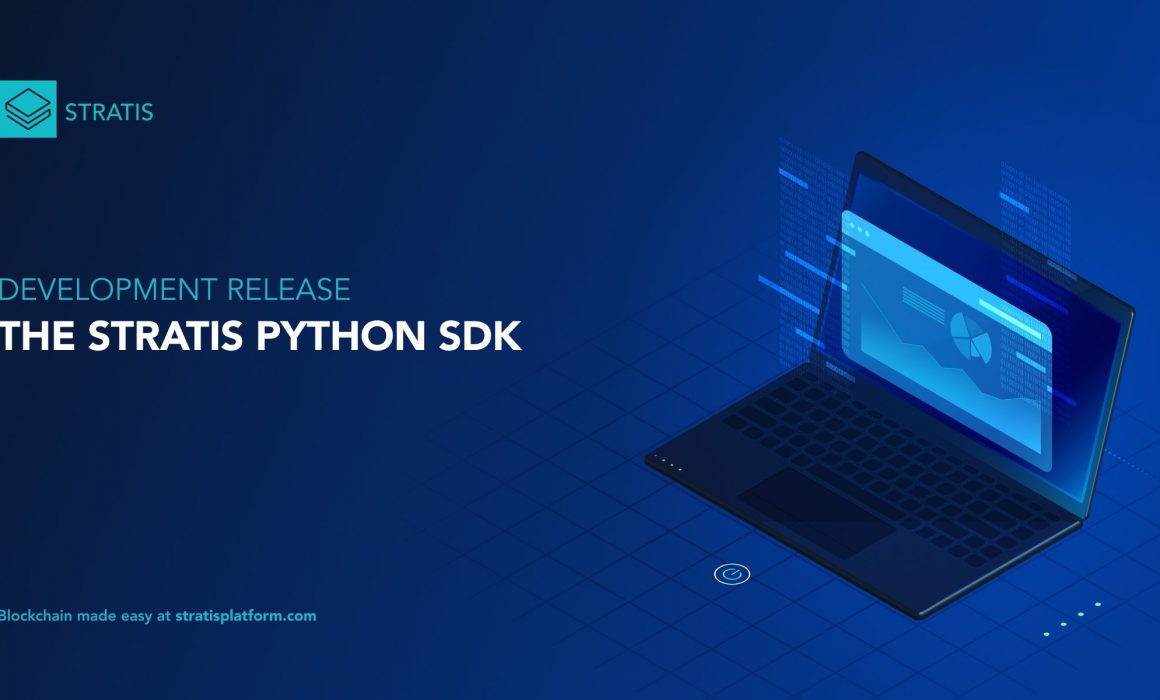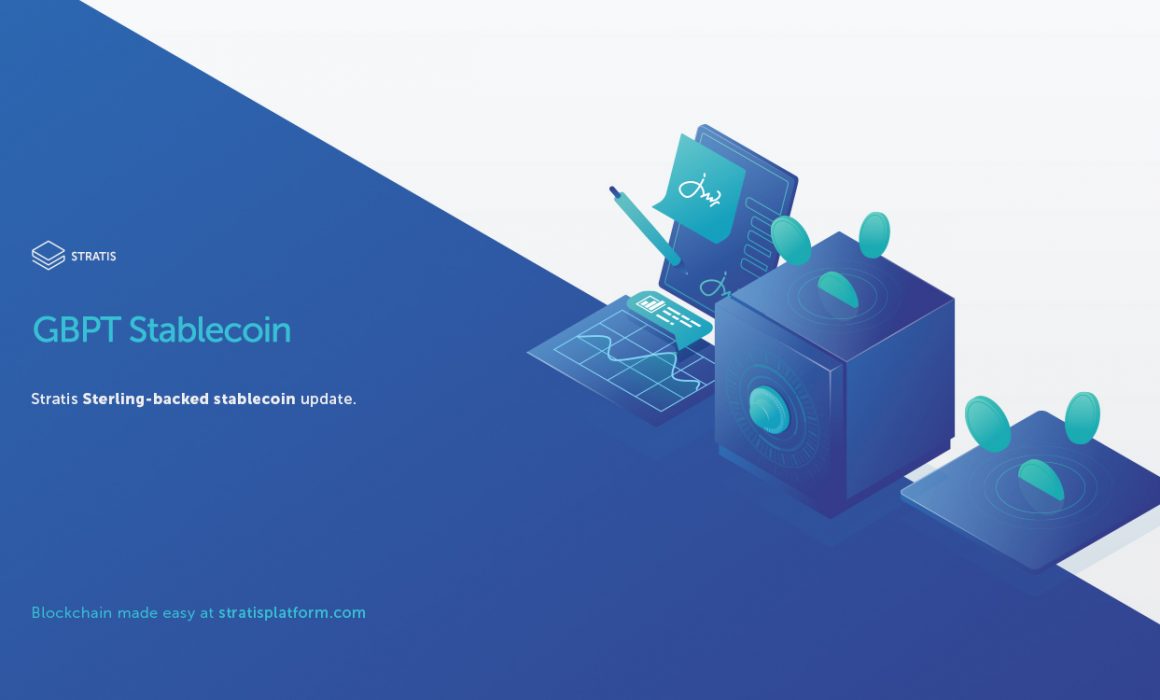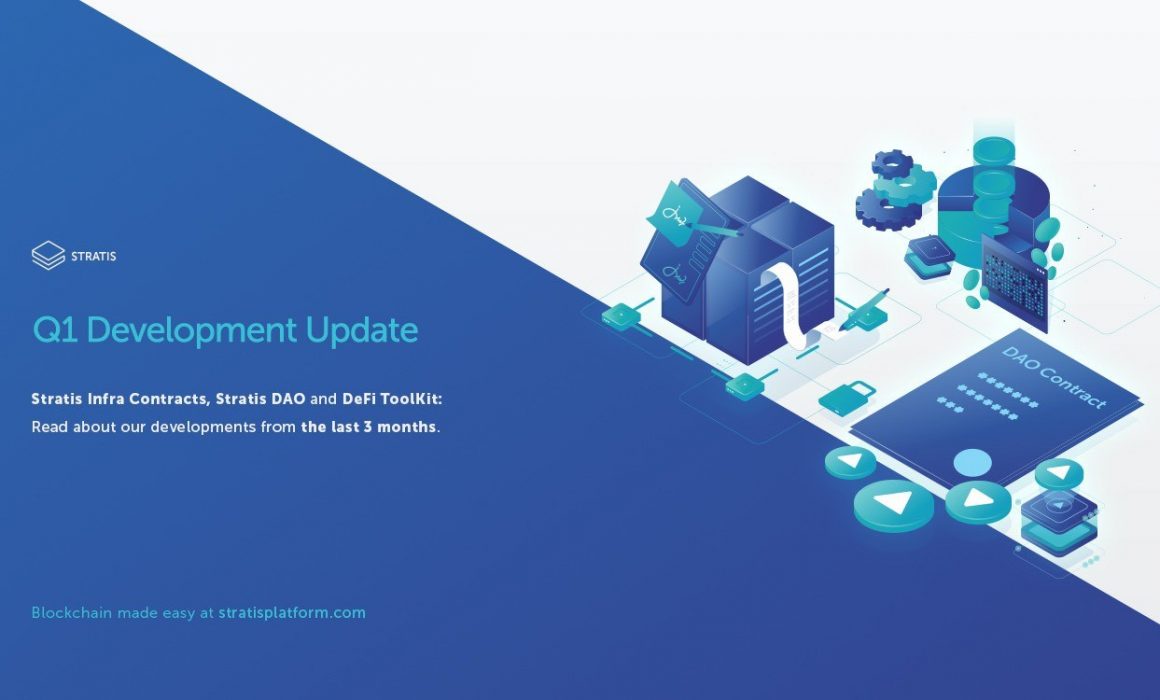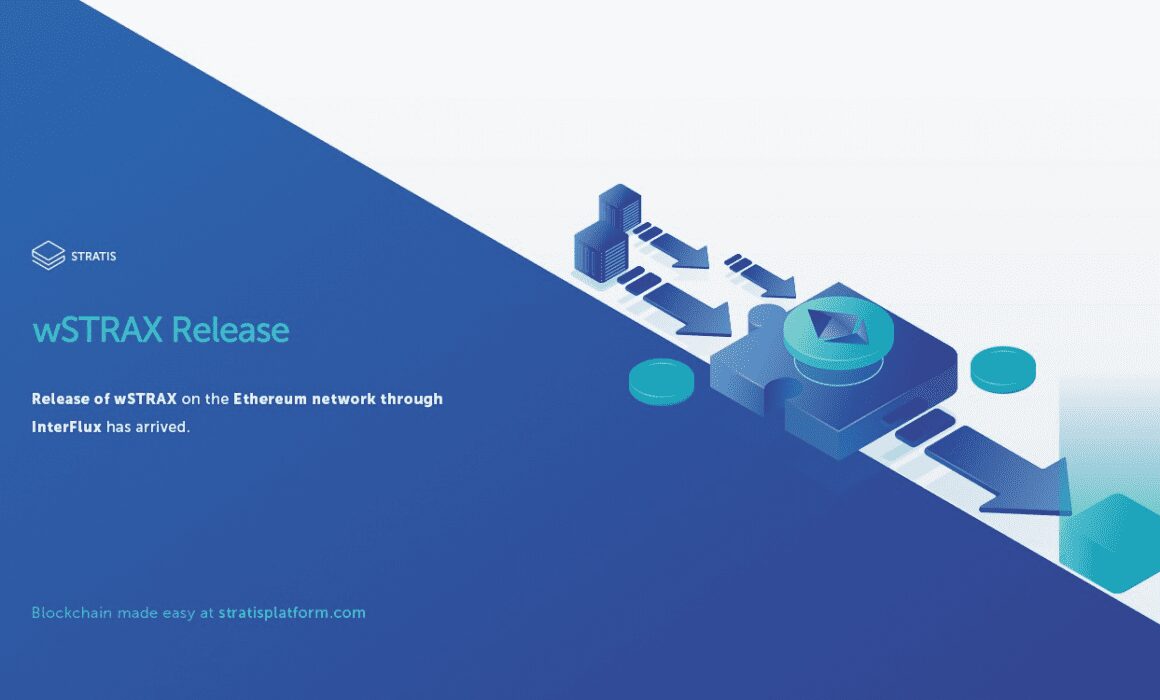Wrapped STRAX
Wrapped tokens are a valuable source of liquidity and flexibility for blockchain interoperability. Over time, any network’s available throughput and general fee levels will fluctuate. Having wrapped tokens available on a separate blockchain network allows transacting to occur via alternate channels. Wrapped tokens also have access to the respective capabilities of the networks they exist on.
wSTRAX implements a wrapped token on the Ethereum network, leveraging the ubiquitous ERC-20 standard for token contracts. Each wSTRAX is equivalent in value to 1 STRAX. wSTRAX is created by the InterFlux MasterNodes collaboratively, rather than any single entity being responsible for minting the tokens. When a request is made to transfer STRAX to its wSTRAX equivalent on the Ethereum network, the transaction is autonomously detected and processed. Enabling the minting of required wSTRAX tokens and distribution handling to the respective Ethereum address to be undertaken seamlessly.
A minting transaction is submitted to the Stratis InterFlux Ethereum Masternode MultiSig wallet contract. A majority decision is required to confirm the transaction’s validity before being broadcasted to the Ethereum network. Once this happens, the wSTRAX will appear in the destination account’s balance and be transacted with any other ERC-20 token.
The initial version of Stratis InterFlux includes transacting with a wrapped STRAX token on the Ethereum network.
For this to be accomplished, the corresponding STRAX is secured by the Federation MultiSig for the wSTRAX token’s lifetime.
- Conversion transaction received as a Cross-Chain-Transfer from the STRAX blockchain.
- The Stratis InterFlux Gateways(s) detect receipt of this transaction.
- One of the InterFlux Gateways submits a token minting request transaction to the Ethereum InterFlux Hub contract and signs it
- A quorum of the other Stratis InterFlux Gateways sign this transaction.
- When the transaction is sufficiently signed the minting request is submitted to the ERC20 contract, creating new wSTRAX tokens and allocating them to the account specified in the conversion transaction.
- The wSTRAX ERC20 token can be transacted as normal by ordinary Ethereum wallets and accounts.
- Conversion from wSTRAX back into CRS or STRAX is accomplished by submitting a burning request to the ERC20 contract for the desired amount, specifying the target InterFlux Hub address.
- The InterFlux Gateways detect the burn request on the Ethereum network and release the corresponding funds from the InterFlux Gateway wallet to the target address.

It should be noted that the system as described ensures that every wSTRAX token is backed by its equivalent value. In other words, there can’t be more wSTRAX in existence than the funds in the InterFlux Gateway wallet. In the future, CRS will be convertible to wSTRAX via a conversion contract on the InterFlux Hub network.
Architecture Overview
To allow blockchain interoperability between networks, a mechanism is required for bridging the networks. The InterFlux architecture will consist of multiple gateways that interface with a node on both interoperating networks. A high-level overview can be seen below.

The gateways listen for interoperability requests initiated against the InterFlux contracts on each network. For example, suppose an Ethereum node needs to invoke a Stratis C# Smart Contract method. In that case, it sends a transaction to the Ethereum InterFlux contract with the details of the invocation (e.g. Cirrus contract address, method name, parameters).
Once the invocation request is received, one of the Stratis InterFlux Gateways actions a transaction on the interconnected network. If there are any applicable return values, these are stored in the transaction receipts. The gateway then makes a further transaction on the original network to store the interoperability request results.
Roll out schedule
Sunday(14/02/21)-Monday(15/02/21): Interflux Masternode setup.
Tuesday(16/02/21): Interflux enabled wallet release (Ethereum Ropsten).
Wednesday(03/03/21): Interflux Masternode setup (Ethereum Mainnet).
Monday(08/03/21): Interflux enabled wallet release (Ethereum Mainet).
Please note this schedule is dependent on the results of the community testing.














